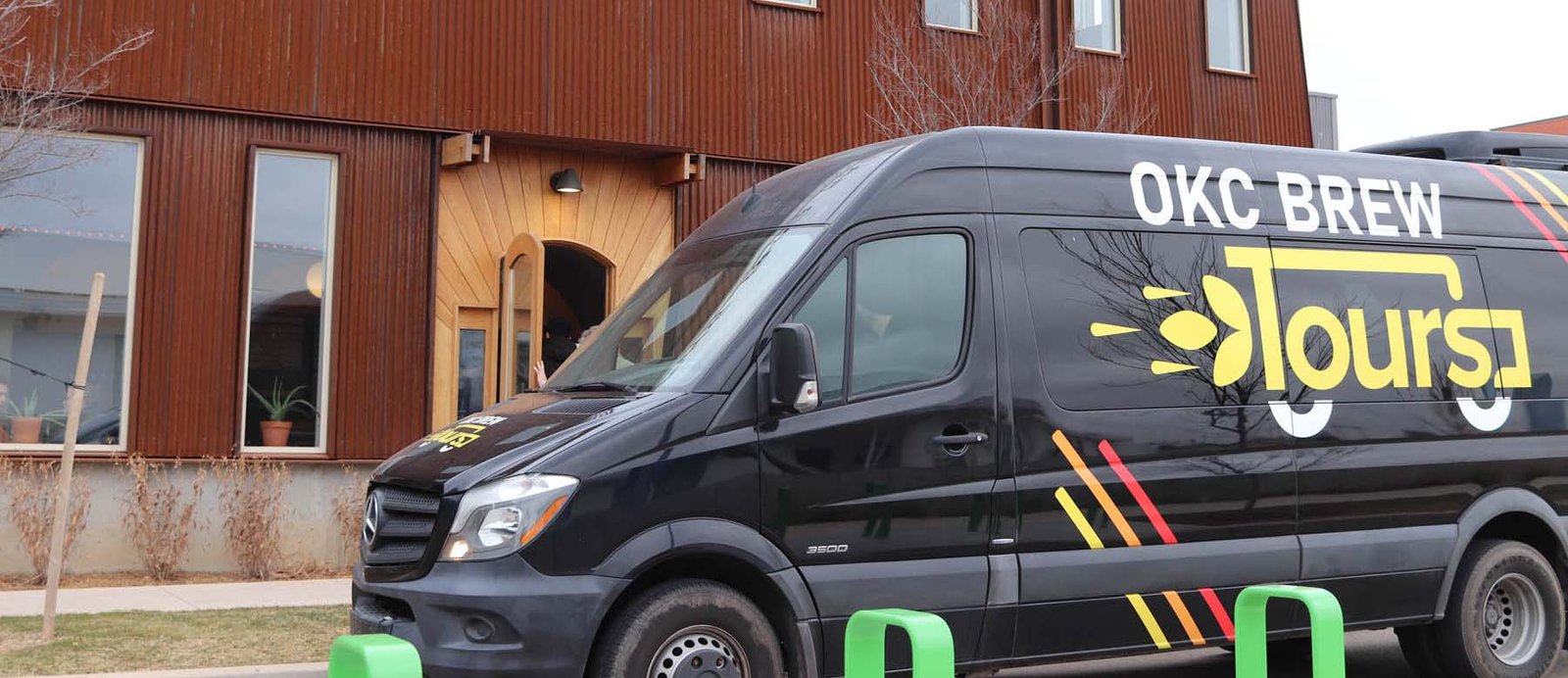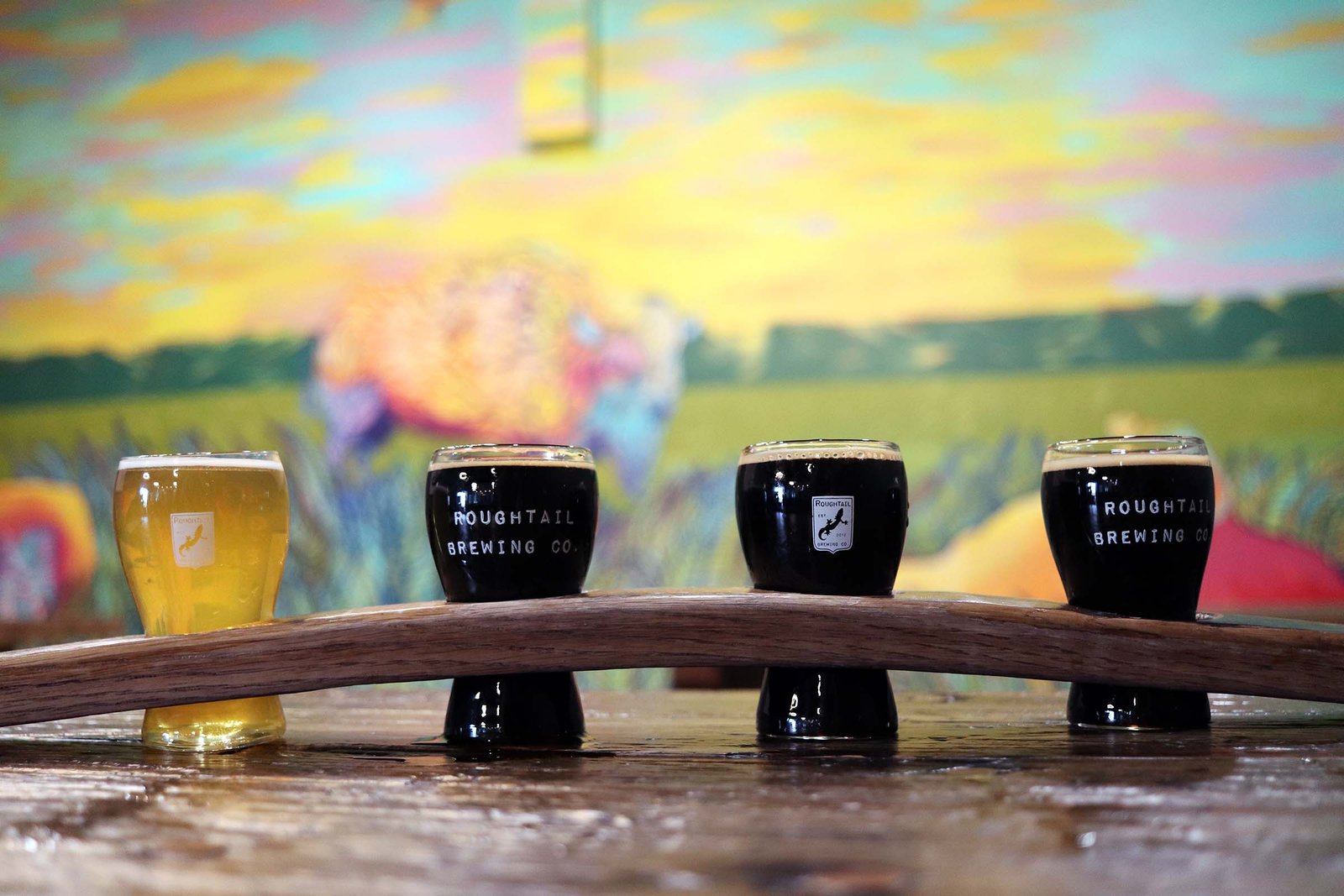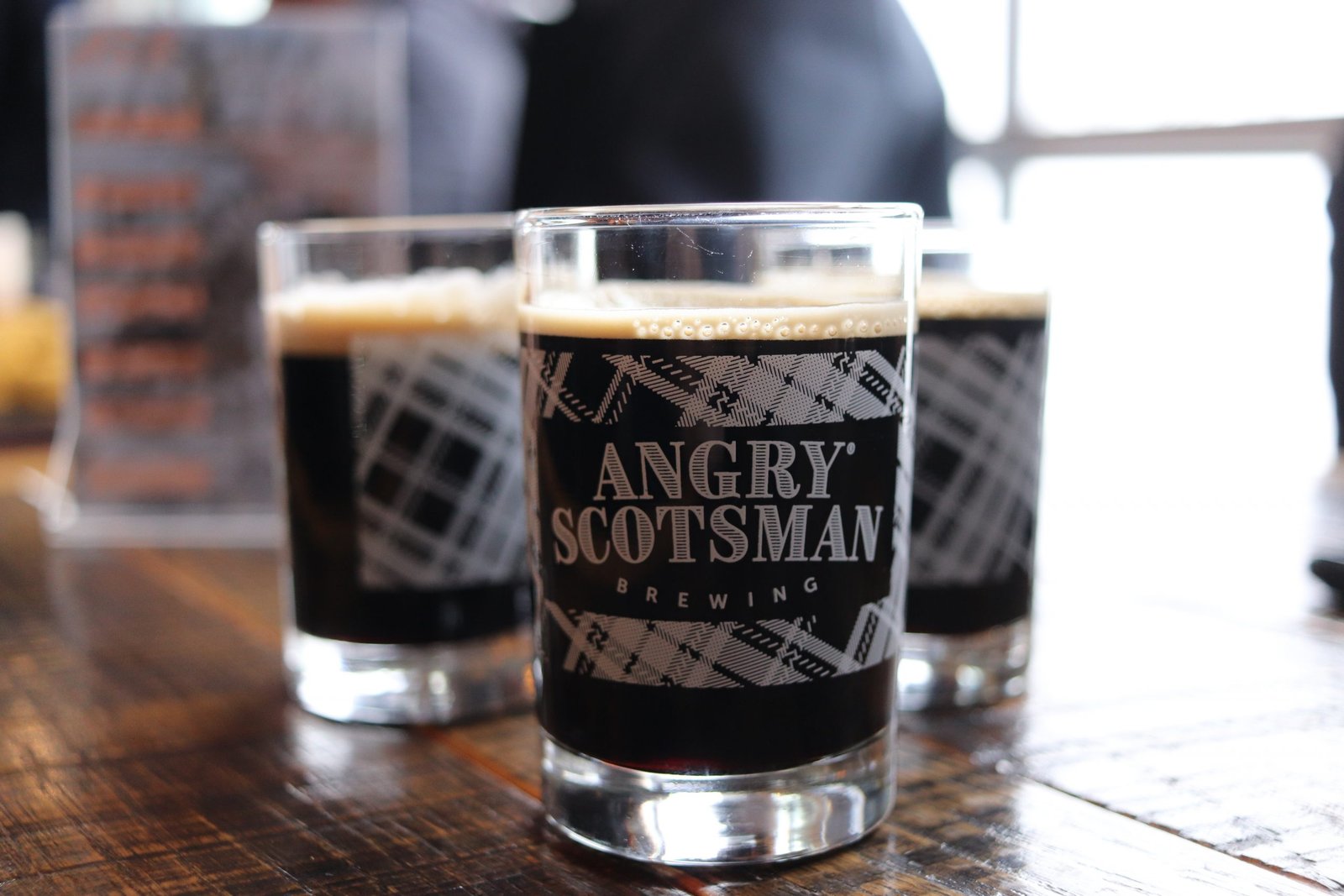The Cost of Doing Business
Next month, restaurants get to decide who pays at least a portion of credit card transaction fees when SB 677 goes into effect on November 1. The fee – usually three or four percent of the transaction price – has been a “cost of doing” business in the mindset of most restaurateurs, but SB 677 makes Oklahoma one of roughly a dozen states where charging customers some or all of the fee is now legal. (In some states, it’s always been legal.)
To make clear what’s at stake, it’s best to note that the fee on a typical entree of $20 would be about 70 cents, but as many restaurateurs have noted, you have to multiply that by a hundred or hundreds of transactions per day and then multiply by a number greater than 300, depending on how many days a restaurant is open. That ends up costing owners tens of thousands of dollars per year per restaurant. Operators have long said this “convenience fee” falls unfairly on the restaurants.
With less than a month before the change, hospitality groups and mom-and-pops alike are having to decide how best to apply the law, the key points of which are:
- The surcharge may not exceed the lesser of: (1) two percent of the total transaction amount or (2) the actual cost charged to the seller to process the credit card transaction.
- Sellers must clearly and conspicuously display the amount of the surcharge at both the point of entry and the point of sale for in-person transactions. For online transactions, the surcharge must be disclosed on the home page and at the point-of-sale webpage. For transactions conducted over the phone, the required information must be verbally disclosed to the customer.
A third rule relates to credit-card only sellers, like The Collective, where cash is not an option. Those sellers may not impose any surcharge or fee.
The real question for restaurateurs is whether to pay the two-percent allowable (half the total transaction fee in many cases) or put that percentage onto the customer. Two recommended paths have been suggested by industry observers: post the price with the two percent already factored in as the menu price and offer a cash discount, which is not capped at a percentage, or just continue to pay the fees.

The Jones Assembly
Brian Bogert, founder and CEO of The Social Order Dining Collective (The Jones Assembly, Spark, Fuzzy’s, and Dave’s Hot Chicken), said they would continue to pay the fees. “We don’t offer any discounts for non credit card payments and don’t charge any surcharges or service fee for credit card payments,” he said. “We will continue to have credit card fees be a cost of doing business despite how unfair it is to small business operators. We just want to be transparent with our guests and offer as fair of a pricing structure as we can in the current climate.”
Rachel Cope, founder and CEO of 84 Hospitality (Elisabetta, Empire Slice, and Burger Punk), said she too would continue to consider it a business cost. “We’ve been making things work in spite of challenges for 13 years,” she said, “and yes, it’s become harder, and we’re looking for places to cut costs without cutting customer experience and quality, but we think these fees have been factored into our business costs already, so we won’t change that until we have to. I do understand why many operators will do it differently; this is just what we think is best for us right now.”

Rachel Cope
On the other side of the issue is J. Mays, co-founder and operating partner for Killer Squid Hospitality (Cafe 7, Dado’s Pizza, and The Hamilton). He’ll be opening Bush League, a sports bar in Northpark Mall, this winter, and he said the new menus will roll out with the cash discount model.
“I finally looked at how the fees are hitting us a few years ago, and it’s a huge liability,” he said. “It’s grown to the point that we have to make a different decision, and I realize no one wants to be first to just say this out loud, but I also prefer transparency with our guests. Customers pay these fees all the time in other industries, but hospitality has long been expected to carry the responsibility for them. The 2-percent rule gives us an opportunity to share that responsibility with our guests, and we want to be clear that we understand that this isn’t a great time for anyone, economically speaking, but customers may pay a fee a handful of times a day, but we pay the fees hundreds of times per day. That means it makes sense for us to extend a cash discount to guests who want to avoid the fees.”

The Hamilton. Photo: Lexi Hoebing
Jeff Dixon, founder and CEO of Provision Concepts, offered a written statement on how the change will impact his concepts, which include the flagship Broadway 10, Hatch Early Mood Food, Riserva and Culprits (the collaborations with Chef James Fox), and Sidecar among others:
“At Provision Concepts, we are still evaluating all options regarding how best to handle the ever increasing cost of doing business. Truth be told, in less than a decade, our raw product costs or ‘cost of goods’ have almost doubled in price. Fair to say, while most restaurants have had to increase prices, most restaurants have not doubled their prices in that same time frame. Achieving certain metrics and percentages in the restaurant business of yesteryear hasincreasingly become more difficult. Applying this 2-percent fee only on high merchant cost cards, would be a small win for an industry that has been very challenging since COVID. If guests wished to not have this fee applied, using debit cards and paying with cash would always be encouraged. Once we have had ample time to evaluate the opportunity in front of us, we will make a decision that we feel is best for our business as a whole.”

Jeff Dixon
Anyone familiar with traditional taquerias will know that cash discounts have been alive and well in our favorite Mexican spots for a long time. Cash has always been encouraged in those spots, and while some businesses thrive on cash – bars, strip clubs, food trucks, hair salons, valet service, etc. – credit cards are still the method of choice in an overwhelming percentage of hospitality-related concepts (resorts, hotels, restaurants, bars). Per a report from the U.S. Federal Reserve’s Diary of Consumer Payment Choice, cash transactions are down to 16 percent of total transactions, meaning the other 80-plus percent are divided between credit and debit cards, with credit cards edging out debit. Debit cards do not require the interchange fee, although they do have a swipe fee typically, so under the new rule, many like Dixon, will treat them as cash.
Here again, numbers matter. The restaurant industry generated $1.1 trillion in sales in 2024, and it was expected to hit $1.5 trillion this year, but that latter number could be in jeopardy in the current economic climate. Given the payment choices, roughly 44 percent of that total ($480 billion) carry a transaction fee, so restaurants nationwide could potentially see a savings of $9.8 billion by shifting the allowed percentage to guests. Clearly there is much more at stake in this than consumers realize, and if paying the cost of fees means I pay an extra $1.75 cents on a tab, rather than restaurants paying $500 per day, it might be a good time to shift the responsibility to help an industry that continue to take economic body blows.

James Leewright
James Leewright, President and CEO of the Oklahoma Restaurant Association, and CEO of the Oklahoma Hotel and Lodging Association and the Oklahoma Travel Industry Association said:
“The hospitality industry is hit especially hard by interchange fees. Restaurants not only pay an average of 4 percent on the meals they sell, but they’re also charged those same fees on tips (around 20 percent) and on taxes collected (sales tax of 10 percent and beverage tax of 13.5 percent), including local, state, and beverage taxes, when customers pay by card. These added charges can increase the total amount subject to fees by more than 30 percent. All of this happens while restaurants operate on razor-thin margins, even as credit card companies report net profit margins exceeding 50 percent.”
His point is important in the context of fees in other industries. If you pay the interchange fee at Walmart, you pay it only on the cost of goods including sales tax, not on the tip, and certainly not on the still inexplicable 13.5 percent tax on alcohol consumed in a restaurant or bar, tax revenue that goes to a general fund, not to hospitality specific programs or projects. As Mays noted in another conversation, “If you want to save money at restaurants, we should probably start with the alcohol taxes.” A tangent, but a salient tangent if the goal is to save customers and restaurateurs money and make it easier to operate in an increasingly challenging environment.









